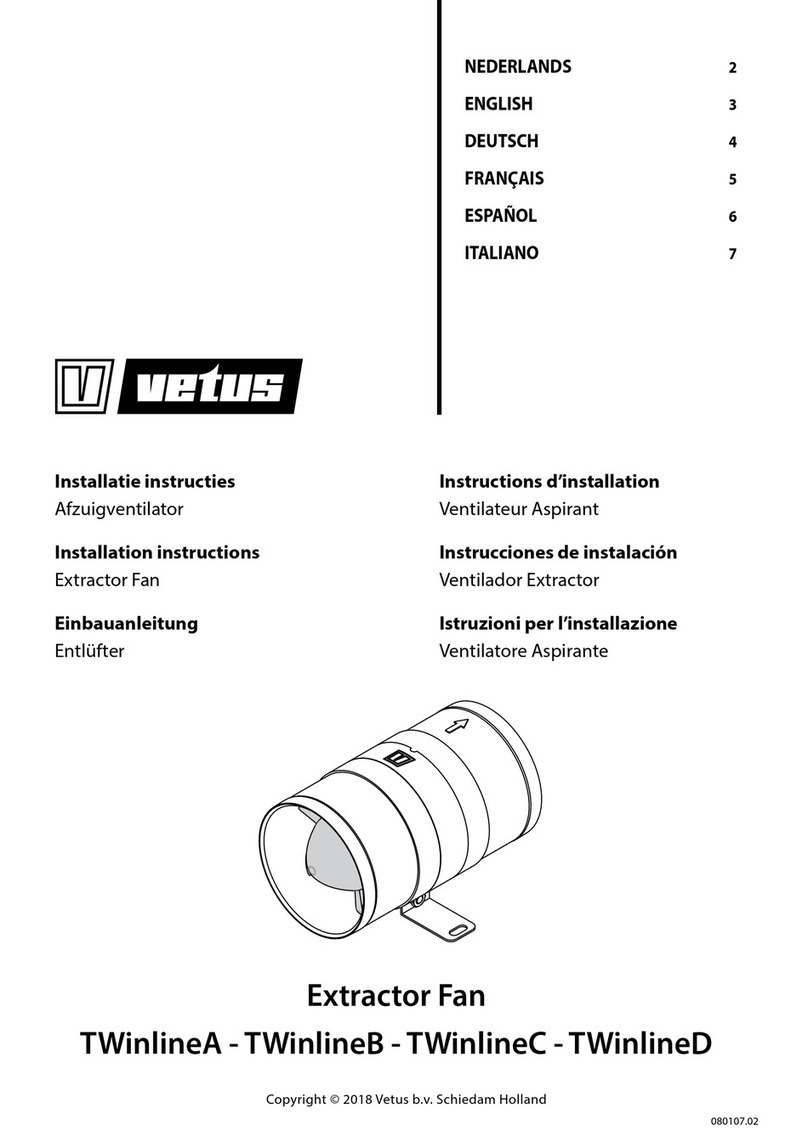table of contents
1INTRODUCTION........................................................................................................................................3
2INSTALLATION OF AUTOMATION COMPONENTS AND WIRING................................................................ 3
2.1 POWER SUPPLY CIRCUITS FOR CONTROL PANEL COMPONENTS.............................................................................. 3
2.1.1 Control panel power supply circuits .................................................................................................. 3
2.1.2 Power supply circuits for electric heater and optional equipment outside the VTS offer.................. 5
2.2 CONTROL CIRCUITS -GENERAL INFORMATION................................................................................................... 6
2.2.1 Connection diagram for the uPC3 driver and extension module....................................................... 6
2.3 ANALOG AND DIGITAL (DISCRETE)CONTROL CIRCUITS....................................................................................... 10
2.3.1 Installation and connection of temperature sensors....................................................................... 10
2.3.2 Connecting filter pressure switches................................................................................................. 11
2.3.3 Connection of damper actuators (intake, exhaust, recirculation, by-pass)..................................... 11
2.3.4 Connection of water heater antifreeze thermostat......................................................................... 12
2.3.5 Connection of controls for electric pre-heater and re-heater.......................................................... 12
2.3.6 Connecting control for optional devices outside the VTS offer (condensing unit, humidifier, etc.). 12
2.4 COMPONENTS WITH MODBUS COMMUNICATION .......................................................................................... 12
2.4.1 Wiring used for ModBUS communication ....................................................................................... 15
2.4.2 PCB EC extension module with ModBUS communication ............................................................... 15
2.4.3 Pressure transmitters with ModBUS communication ..................................................................... 15
2.4.4 Humidity transmitters with ModBUS communication..................................................................... 17
2.4.5 CO2 transmitter with ModBUS communication .............................................................................. 17
2.4.6 Inverters (frequency converters) with ModBUS communication (for fans and rotary heat
exchanger).................................................................................................................................................... 18
2.4.7 EC motors of fan sets and rotary heat exchanger with ModBUS communication .......................... 20
3AHU OPERATION - GENERAL INFORMATION.......................................................................................... 20
4THE FIRST LAUNCH OF AHU, CONFIGURING BASIC PARAMETERS........................................................... 21
4.1 PRELIMINARY ACTIONS BEFORE STARTING AHU.............................................................................................. 21
4.2 AHU CONTROL WITH HMI ADVANCED ......................................................................................................... 21
4.2.1 Description of buttons and elements of the main display screen.................................................... 21
4.2.2 Logging in to the „Menu” module ................................................................................................... 23
4.3 SETTING THE CONTROLLER APPLICATION CODES .............................................................................................. 24
4.4 ACTIVATION OF CONTROLLER INPUTS AND OUTPUTS ........................................................................................ 26
4.5 SENSORS CALIBRATION............................................................................................................................... 27
4.6 OVERWRITING AND SIMULATING THE VALUES OF INPUT AND OUTPUT PARAMETERS OF THE CONTROLLER.................... 27
4.7 CONFIGURATION OF COMPONENTS WITH THE MODBUS PROTOCOL ................................................................... 27
4.7.1 Checking the correctness of setting general communication parameters ...................................... 28
4.7.2 Configuration of communication with inverters (in AHU with AC motors) ..................................... 28
4.7.3 Communication configuration with fans equipped with EC ............................................................ 28
4.7.4 Programming EC motors ................................................................................................................. 30
4.7.5 Configuration of communication with a rotary heat exchanger ..................................................... 31
5USE OF AHU ........................................................................................................................................... 32
5.1 SETTING THE OPERATIONAL PARAMETERS (TEMPERATURE,HUMIDITY,EFFICIENCY,ETC.)......................................... 32
5.2 SWITCHING ON THE AHU, CHANGING THE OPERATING MODES .......................................................................... 33
5.3 VIEWING CURRENT OPERATING PARAMETERS ................................................................................................. 34
5.4 ALARMS.................................................................................................................................................. 34
5.5 SETTING THE WEEKLY CLOCK ....................................................................................................................... 34





























